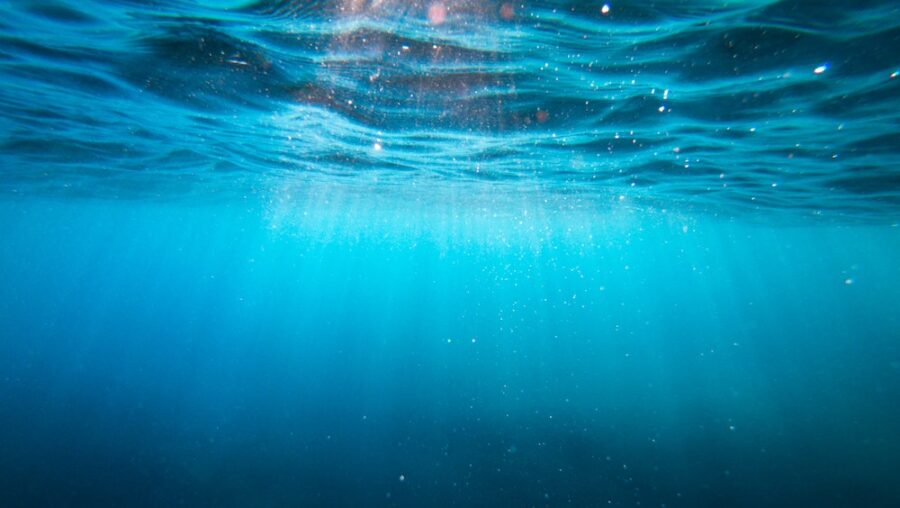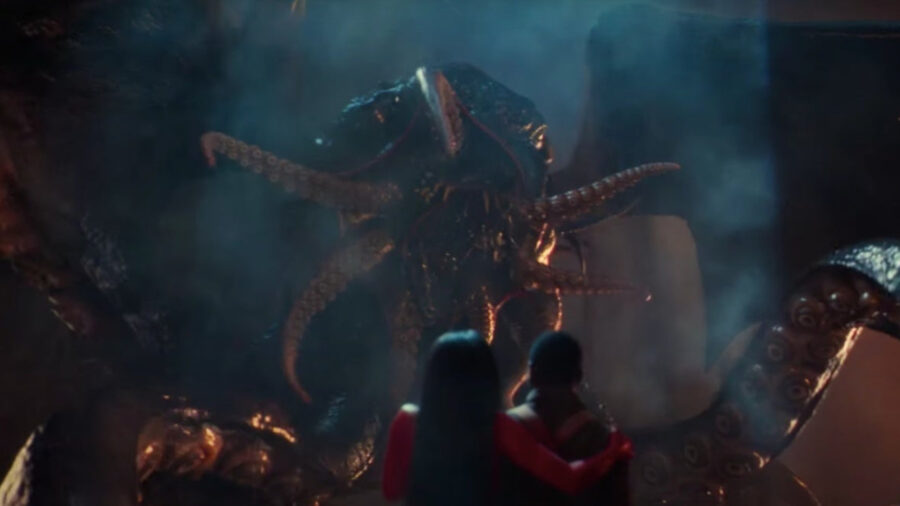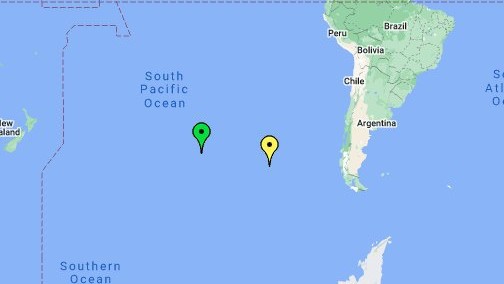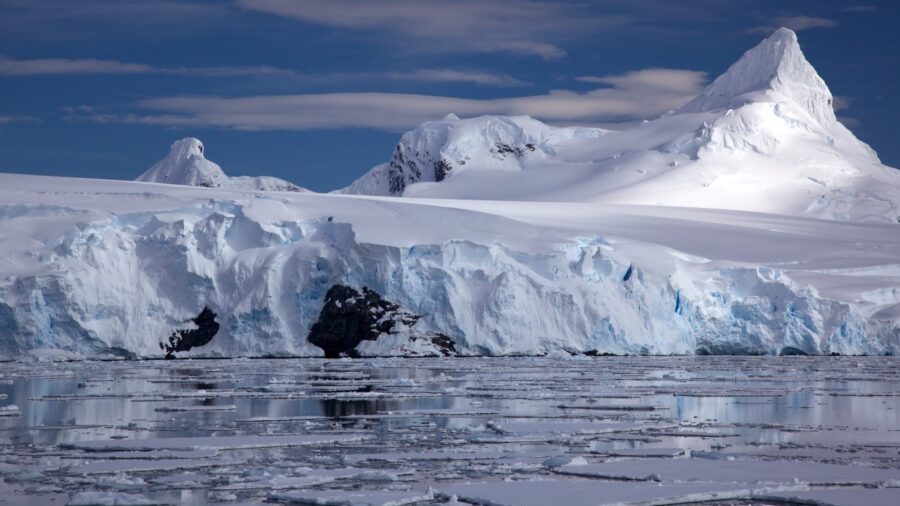What Is The Bloop? The Loudest Underwater Sound Ever Recorded Explained

For a decade, The Bloop fascinated scientists and cryptozoologists alike because we know very little about the deep ocean, so when the unusual sound was detected off the coast of South America, everyone’s thoughts started running wild. Oceanographers thought the strange noise was a deep sea animal, either a giant squid or a very large whale. Cryptozoologists hoped it was Cthulhu from the works of H.P. Lovecraft beginning to stir in the sunken city of R’lyeh.
What Makes The Bloop So Bizarre
The Bloop was an ultrapowerful low rumble unlike anything detected by researchers in the region. The U.S. National Oceanic and Atmospheric Administration (NOAA) detected the noise accidentally, with hydrophones separated by over 3,000 miles. For over a minute, the noise continued, making it the loudest sustained underwater noise of all time.
Through triangulation, The Bloop was found to have originated at 50 degrees south and 100 degrees west, a remote part of the Pacific Ocean west of the southern tip of South America. This part of the ocean was largely uncharted at the time with a combination of depths, darkness, and, again, the remote location, making it extremely difficult. It also happens to be relatively close to 47°9′S 126°43′W, the location H.P. Lovecraft gave the city of R’lyeh.
What The Bloop Has To Do With Cthulhu

“In his house at R’lyeh, dead Cthulhu waits dreaming” is the mantra for the worshippers of the Great Old One. A sunken city, R’lyeh in the Cthulhu mythos, is a place where reality is warped, and the buildings don’t behave according to our understanding of geometry. With The Bloop resonating out of the ocean so close, on a geological scale, to the coordinates for R’lyeh, the early internet had a lot of fun with the hypothesis that it was the noise Cthulhu made while waking up.

Of course, as far as we know, none of H.P. Lovecraft’s work reflects our actual reality, so while it’s a fun thought, The Bloop was never going to be a slumbering Great Old One. Underwater, starring Kristin Stewart, had fun with this concept by playing it perfectly straight and depicting a massive Cthulhu-like entity deep under the waves.
The Reality Of The Bloop

In 2005, NOAA addressed the myth and legend around The Bloop, and started a study to determine the actual origin. Years later, in 2007, researchers believed that the noise was from a massive icequake as an ice shelf broke off from Antarctica. In 2011, NOAA came forward and officially confirmed that the noise was ice falling into the ocean instead of something cool, like a sea monster or a massive Great Old One.
“Each year there are tens of thousands of what we call ‘icequakes’ created by the cracking and melting of sea ice and ice calving off glaciers into the ocean, and these signals are very similar in character to the bloop.“
Robert Dizak, NOAA Pacific Marine Environmental Lab researcher
In the years since, researchers have confirmed more sounds similar to The Bloop coming from Antarctica, laying to rest all speculation about the strange noise. Instead of the noise of our impending doom, as Cthulthu rises from his slumber, it’s nothing more than the noise of our impending doom from climate change. In fact, the noise became a rallying cry for climate change scientists and activists as the massive amount of falling ice required to generate a noise that loud is not good for the future of humanity.
The Bloop Became A Cryptid
Yes, despite real scientists presenting actual evidence that The Bloop is related to climate change, cryptid fans have been having fun for years speculating on what type of undersea monster really made the noise. Over time, fan art has merged into the features found in the image above, featuring a massive sea creature with a gargantuan mouth that lurks in the icy depths.
Though, for all we know, a massive beast like that may exist in the ocean’s darkest parts. We know more about the surface of the Moon than we do the ocean floor under Antarctica. It’s unlikely, but it’s fun to speculate.












